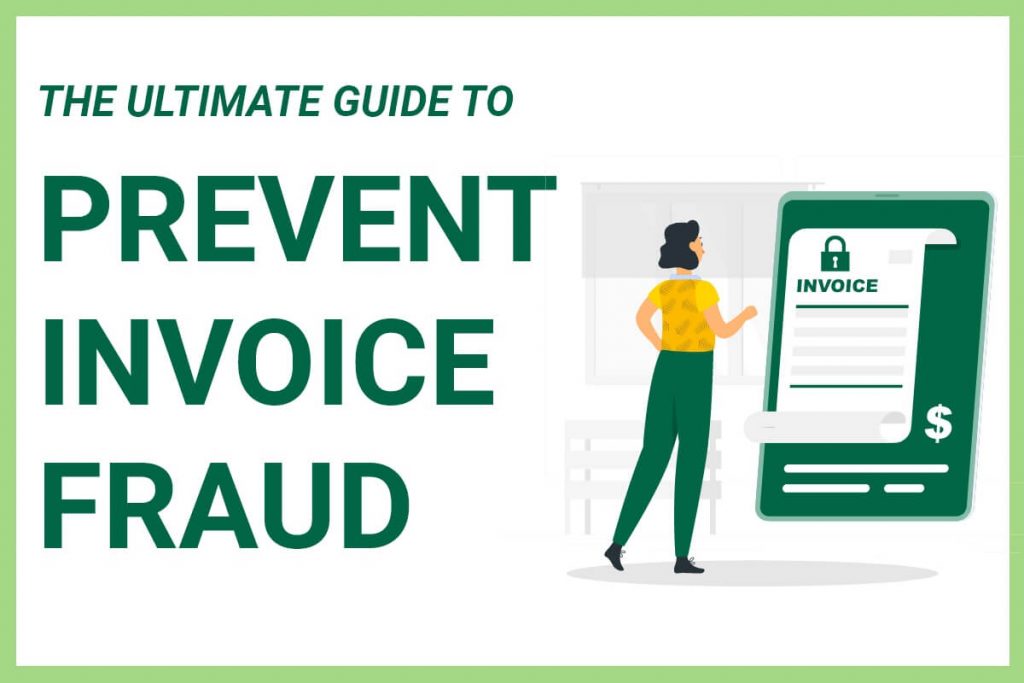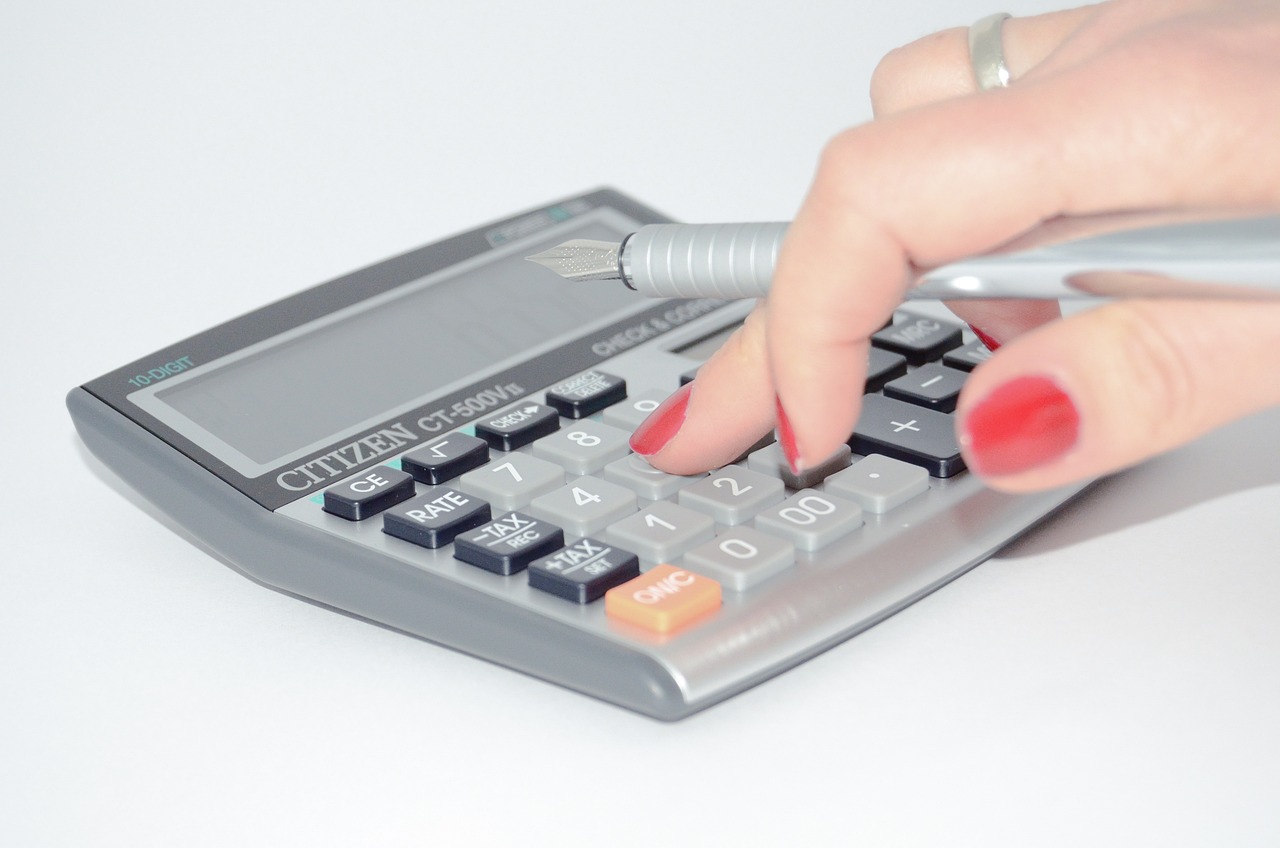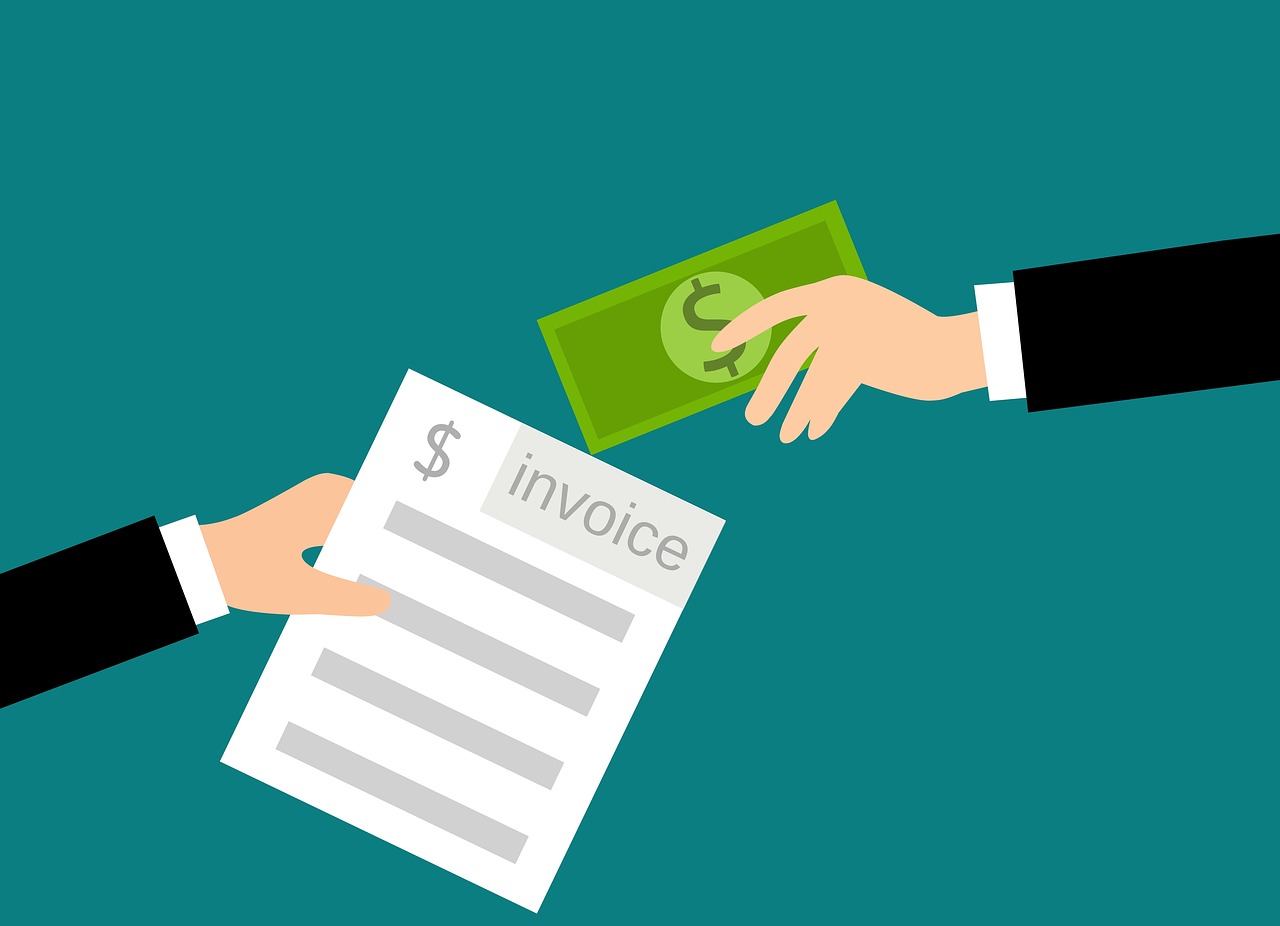Invoice Fraud Prevention: Tips for Businesses
Running a business is rewarding, but it’s not without its challenges. Among them? The tricky world of invoice fraud. It’s when dishonest folks try to pull off scams with fake bills. As we move more into the online world, it’s super important to stay updated and watchful. Let’s get a clearer picture of these risks and guide you to handle them like a pro.
Understanding the Risks and Consequences of Invoice Fraud
Dealing with invoice fraud is like handling an unexpected storm. At first, it’s the rain – the immediate financial loss. But then comes the aftermath, where the real challenges reveal themselves.
Here’s a breakdown of what businesses often face after a fraud incident:
- Immediate financial loss: The direct cost of the fraudulent invoice.
- Legal expenses: Seeking legal advice or pursuing legal action can add up.
- Increased security measures: Investing in stronger anti-fraud technologies and protocols.
- Reputation management: Efforts to restore trust and manage potential PR fallout.
- Operational disruptions: The time and resources spent in fraud detection, investigations, and recovery.
- Higher insurance premiums: After a fraud incident, insurance rates may go up.
After seeing these outcomes, it’s pretty clear prevention is the way to go. By staying in the loop and acting ahead of time, you can guard your business and keep flourishing.

Identifying Typical Schemes Used in Fraudulent Invoicing
It’s not just the random email with a questionable bill anymore. Modern fraud methods can be surprisingly complex, blending seamlessly with regular business transactions. They might pretend to be someone else, make copycat websites, or even try some tricks that mess with people’s minds to get their way.
Types of Invoice Fraud Methods:
- Duplicate Invoicing: Submitting the same bill more than once, hoping it gets paid without detection.
- Phantom Suppliers: Invoices from fake vendors or suppliers that don’t exist.
- Overbilling: Charging more than agreed upon or for products/services never delivered.
- Unauthorized Invoices: Invoices sent without providing any actual goods or services.
- Fake Expense Reports: Employees submitting false or inflated expenses.
- Tampering: Altering genuine invoices to redirect payments or change amounts.
Getting the hang of the typical tricks fraudsters use can be a game-changer. Spotting these moves lets businesses boost their defenses and keep their money safe.

Strategies and Best Practices for Businesses to Prevent Invoice Fraud
There’s an old saying, “Better safe than sorry,” and when it comes to preventing invoice fraud, this couldn’t ring truer. Tackling fraud might seem tough, but with solid practices and plans, you’re setting yourself up for success. Keeping your money safe is crucial; with the right steps, businesses can ensure they’re ahead of the curve.
Prevention through verification
Paying attention to common details and double-checking may seem like basics, but they’re effective against fraud. Just like you wouldn’t buy a house without inspecting it first, bills should undergo a thorough examination before getting the green light.
Procedures and Measures for Accurate Invoice Verification:
- Detailed Vendor Checks: Ensure you’re working with legit businesses by researching them beforehand.
- Invoice Matching: Cross-check bills with purchase orders and delivery receipts.
- Limit Invoice Approvals: Only specific individuals should be able to approve payments.
- Regular Reconciliation: Periodically match transaction records with bank statements.
- Two-step Authentication: A double-check mechanism for substantial invoice amounts.
- Digital Record Keeping: Store electronic copies of all invoices and associated documentation.
For even better protection strategy, using a dependable invoicing platform is a big plus. Tools like
Saldo Invoice simplify things and add an extra safety net.

Implementing a secure invoicing process
In the digital age, every transaction carries some level of risk. But that doesn’t mean you should go analog. It boils down to being savvy and knowing how to keep your online space secure from tricky folks.
Guidelines for Secure Invoicing:
- Data Encryption: Ensure that all data, especially payment info, is encrypted.
- Regular Software Updates: Keep your invoicing software up-to-date to patch vulnerabilities.
- Restricted Access: Only specific team members should have access to the invoicing system.
- Backup Invoices: Regularly backup all your bills to a secure cloud or external drive.
- Monitor Invoicing Trends: Keep an eye on irregularities, like sudden spikes in amounts or unusual vendor activity.
The right invoicing templates can also play a crucial role in this. Check out these specialized templates tailored for different business needs:
Ready to roll? Armed with these tips, you’re set to face invoice fraud squarely and protect what you’ve earned.
Employee Training and Security Measures to Safeguard Against Fraud
When we think about defending our business against fraud, it’s easy to get caught up in technical tools and forget the human element. Remember, it’s not just machines keeping our finances safe – it’s also our team’s keen eyes and informed minds. Giving your team the proper knowledge and tools isn’t just a nice bonus—it’s super important. After all, your team members are on the front lines, fighting off fraud.
Training employees effectively means equipping them with the skills to spot those red flags. It’s all about creating a ‘stay sharp’ culture and making sure everyone knows what a sketchy transaction looks like. And the best part? By doing this, they’re not just protecting company money. They’re looking out for their work environment, jobs, and peace of mind.
Real-Life Examples of Companies Successfully Combating Invoice Fraud
Invoice fraud has affected even the biggest players, but losses can be averted with the right detection methods. Here are a few tales of big organizations taking on crafty fraudsters and coming out on top.
- The Coca-Cola Company: Back in 2017, Coca-Cola’s African bottling plants almost lost $4.8 million to a fraudulent invoice scheme. Deceptive emails and invoices mimicking their suppliers aimed to reroute payments. But Coca-Cola’s sharp-eyed treasury team caught the inconsistencies, informed the right folks, and stopped it.
- City of Ottawa: In 2018, Ottawa’s accounts department was duped by a fraudster acting as a genuine vendor. The trickster altered banking info and nearly got away with $97,797. However, when the actual vendor raised an alert about an overdue payment, the city reacted swiftly, recovered the funds, and beefed up its defense with better controls and training.
- NHS: A hacker, in 2016, manipulated the bank details of a supplier and tried to pocket £1.2 million. But the NHS Counter Fraud Authority was on top of things. They tracked down where the money went, got it back, and made sure the hacker got what was coming to them.
Each of these examples drives home the need to always be on your toes, act quickly, and have solid systems ready to go. Fraudsters are always looking for an opening, but with the right measures, businesses can shut the door on their malicious attempts.

Safeguarding Your Business Finances
Protecting your business from invoice scams is about more than just money. It’s about maintaining trust, your rep, and peace of mind. If you stay alert, keep your team in the know, and follow what works, you build a solid defense wall. And hey, tools and services out there, like the ones from
Saldo Invoice, can beef up that defense even more. Let’s be proactive, stay safe, and work towards a business environment everyone can trust.
Ivan Burban
CMO of Saldo apps, who is a focused and result-oriented marketing professional.
Learn more








